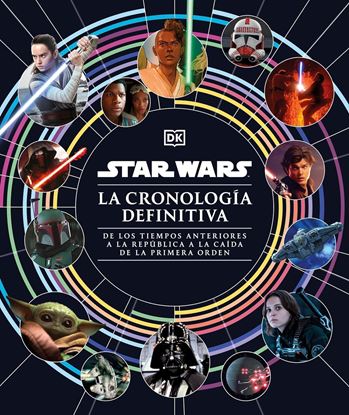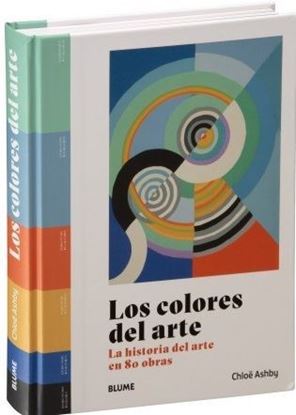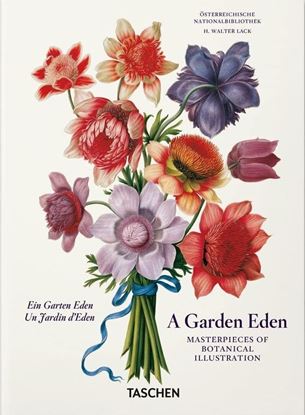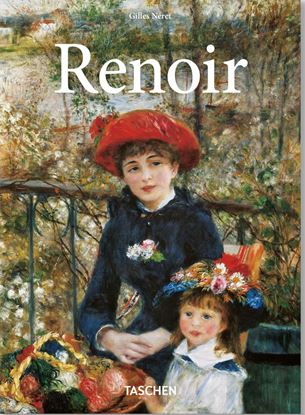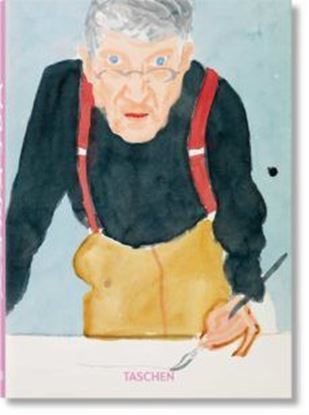

STAR WARS. EL GRAN LIBRO DE LA GALAXIA
Repleto de información y con más de 1500 imágenes alucinantes, este libro muestra todos los personajes, principales y secundarios, incluyendo a la Princesa Leia y a Luke Skywalker, además del resto de criaturas, vehículos, armas, accesorios y tecnologías con detalles sin igual.
La enorme cantidad de información visual que se nos ha vislumbrado en las películas de Star Wars ahora en formato de lectura. Detente a observar en detalle cómo eran los héroes y villanos que pilotaban naves estelares llenas de instrumentos; alienígenas con armas únicas, e historias de varias culturas reflejadas en la arquitectura de muchos mundos.
Han pasado muchas cosas desde la publicación del primer diccionario visual de Star Wars, y esta guía revisada y ampliada arroja luz incluso sobre más detalles de esa galaxia. La República, los Separatistas, la Orden Jedi, los Sith, el Imperio, la Alianza Rebelde, la Nueva República, la Primera Orden, la Resistencia, las guerras de las galaxias, gobiernos, líderes e imperios; todo ello explicado en este gran diccionario visual de Star Wars.
Además, este libro de Star Wars está organizado por películas y esta edición actualizada incluye las historias y personajes de Star Wars El Despertar de la Fuerza y Star Wars Los últimos Jedi.
Star Wars. El gran libro de la galaxia es el regalo ideal para cualquier fan de la saga Star Wars, desde niños de 12 años hasta adultos interesados en conocer todos los detalles que hacen del universo Star Wars algo tan especial.
2,300
1,725
STAR WARS. LA CRONOLOGIA DEFINITIVA
Un compañero indispensable para todos los seguidores de Star Wars, este libro muestra líneas de tiempo visuales que describen cronológicamente eventos, personajes y acontecimientos clave.
Rastrea conflictos cruciales, sigue la espada láser de Skywalker a medida que pasa de generación en generación, sé testigo de la evolución del icónico caza TIE a lo largo de diferentes épocas, indaga enlos planes de la Estrella de la Muerte a lo largo de los años y descubre múltiples líneas de tiempo que explican importantes batallas.
2,300
1,725
LOS COLORES DEL ARTE
Un viaje a través de la historia mediante 80 obras de arte y sus gamas cromáticas cuidadosamente seleccionadas.
El color permite a los artistas narrar historias, expresar su individualidad, evocar una atmósfera y plasmar mensajes subliminales, y los artistas más grandes han cargado sus pigmentos con referencias sociales, políticas y religiosas.
Desde tierra a piedras semipreciosas e insectos machacados, se examinan los inesperados materiales utilizados para crear pigmentos y hasta qué extremos han llegado los artistas para conseguirlos.
2,300
1,725
A GARDEN EDEN. MASTERPIECES OF BOTANICAL
En la búsqueda del placer por el conocimiento y la belleza, el arte de la ilustración botánica siempre ha requerido una meticulosa técnica de delineado y una rigurosa comprensión científica. Esta nueva edición, que incluye nuevas imágenes, repasa toda la tradición botánica y sus talentos, con una selección de las mejores obras de la Biblioteca Nacional de Viena.
Desde manuscritos bizantinos hasta obras maestras del siglo XIX, a través de peonías, lirios y crisantemos, estas exquisitas reproducciones deslumbran por su precisión y su estética. Sea con hojas cuidadosamente enrolladas, texturas de frutas dibujadas con precisión o la belleza pura y la variedad de los colores, esta forma de arte es tan delicada como precisa, e incluso despierta nuestra conciencia sobre el entorno ecológico y sobre la preciosa flora natural tan amenazada.
2,300
1,725
RENOIR. (40TH ED.) (E)
Eternamente cautivadoras, las pinturas de Pierre-Auguste Renoir (1841-1919) son la encarnación de la felicidad, el amor y la belleza. Basada en el libro de gran formato —la retrospectiva más completa de su obra publicada hasta la fecha—, esta edición compacta examina en detalle la historia personal del pintor y las motivaciones detrás de la leyenda. Aunque comenzó su carrera pintando paisajes en estilo impresionista, Renoir encontró su verdadera vocación en los retratos, tras lo cual abandonó por completo el impresionismo. Pese a haber sido malinterpretado con frecuencia, Renoir sigue siendo uno de los pintores más queridos de la historia, sin duda por la calidez, la ternura y la alegría de vivir que emanan sus cuadros.
En este texto magistral que detalla toda la trayectoria del artista y traza su evolución estilística, Gilles Néret muestra cómo Renoir reinventó las formas de la mujer en la pintura a través de sus diosas cotidianas de generosas curvas. La última fase en la obra de Renoir, en la que regresó al simple placer de pintar el desnudo femenino a través de su serie de bañistas, fue la más innovadora y de mayor influencia estilística, e inspiraría luego a maestros como Matisse y Picasso.
2,300
1,725
DAVID HOCKNEY. UNA CRONOLOGIA. 40TH ED.
Artista pop, pintor de la vida moderna, paisajista, maestro del color, explorador de la imagen y de la percepción durante seis decadas, David Hockney es conocido por ser un artista que siempre encuentra nuevas formas para explorar el mundo y sus posibilidades de representación. No ha dejado de crear imágenes inolvidables: obras con líneas gráficas y texto integrado durante los Swinging Sixties en Londres; la famosa serie de piscinas, crónica del estilo de vida californiano en la decada de 1970; así como penetrantes retratos y paisajes de gran formato y colores brillantes tras su regreso a su Yorkshire natal. Además de los dibujos en los que traslada lo que ve directamente al papel, hay collages multiperspectiva hechos con polaroids que abren el espacio a un sinfín de vistas de gran detalle, y dibujos realizados con iPad en los que captura la luz con un medio más moderno, testimonio todo ello del placer que Hockney siempre ha encontrado en la experimentación.
2,300
1,725


